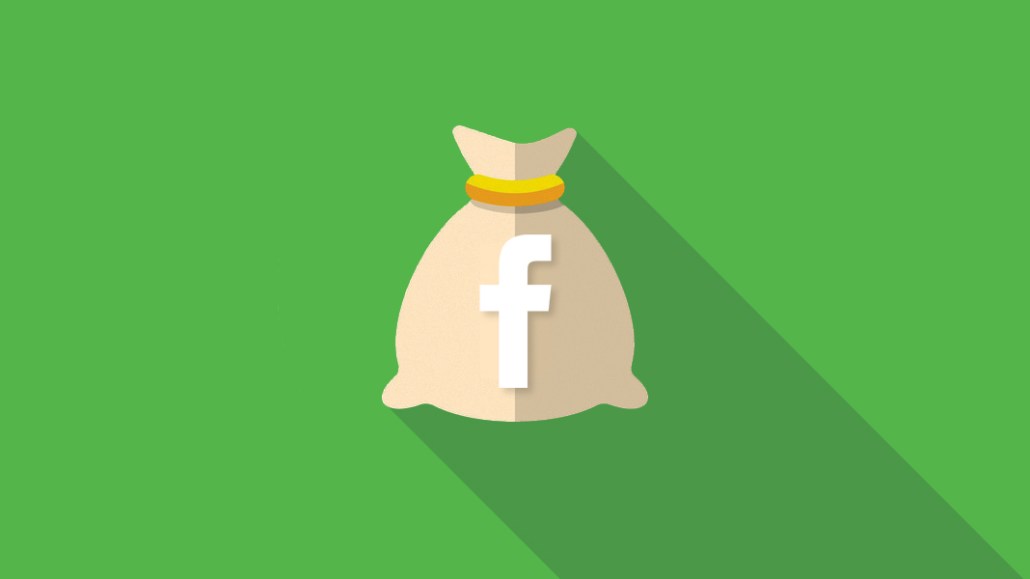Save 50% on a 3-month Digiday+ membership. Ends Dec 5.
How Kiplinger uses Facebook ads to grow its newsletters

Personal finance publisher Kiplinger has never relied heavily on Facebook for distribution. But when it comes to growing its free newsletter, it’s found a lot to like about the platform.
The publisher has used Facebook ads to gather more than 30,000 new email newsletter subscribers in the past couple months. Subscribers, in turn, help to fuel Kiplinger’s fastest-growing source of revenue. In the past year, native advertising and branded content has grown from 5 percent of Kiplinger’s digital revenue to 20 percent, said Andy Nolen, the publisher’s director of digital operations and advertising.
Most of that growth comes from native ads that run in its free newsletters that go to 300,000 readers. It costs as little as $1 apiece for new newsletter subscribers, and Kiplinger makes an average of $3 on every subscriber it gets.
“We sustain that list and grow that list largely through Facebook now,” Nolen said. “We find that to be very good ROI.”
Kiplinger’s revenue comes from several different sources. In addition to digital advertising and a section of its site where it offers affiliate commerce deals, it also has paid newsletters and a print magazine with a circulation of over 500,000.
Kiplinger’s site gets around 3.5 million visitors per month, with about 55 percent of them coming through search, according to SimilarWeb data. According to Nolen, organic social media accounts for less than 10 percent of the site’s visits.
Based on the free newsletter growth on Facebook, Kiplinger wants to test it to sell subscriptions to its paid newsletters and other products. “We see [our Facebook page] as sort of store shelves that are empty at the moment,” said Ben Demers, Kiplinger’s social media manager. “Once we have that established, I’m going to start rolling our regular organic posts [about those products]. The ROI is untested on that.”
While publishers have noticed that the price to distribute branded content through Facebook has risen since Facebook cut the organic reach of publishers’ content in the news feed, the price of the lead ads hasn’t crept up in the same way.
Facebook has tried to help publishers acquire newsletter subscribers through its Instant Articles format. But those efforts never made much of an impact on Kiplinger, which found — like many other publishers — the format’s monetization prospects too limited.
To target prospects, Kiplinger uses Keywee to help find lookalike audiences similar to people who have liked Kiplinger’s Facebook page. It expects to spend more over time. “As native advertising grows, the ROI’s only going to get better,” Nolen said.
More in Media

AI-powered professional learning and the battle vs. ‘workslop’: Inside Deloitte’s Scout
Deloitte last month launched Scout as part of its Project 120, the company’s $1.4 billion investment in professional development.

‘The Big Bang has happened’: Reach gets proactive on AI-era referrals, starting with subscriptions
This week, the publisher of national U.K. titles Daily Mirror, Daily Express and Daily Star, is rolling out its first paid digital subscriptions – a big departure from the free, ad-funded model it’s had throughout its 120-year history.

Arena Group, BuzzFeed, USA Today Co, Vox Media join RSL’s AI content licensing efforts
Arena Group, BuzzFeed, USA Today Co and Vox Media are participating in the RSL Collective’s efforts to license content to AI companies.








